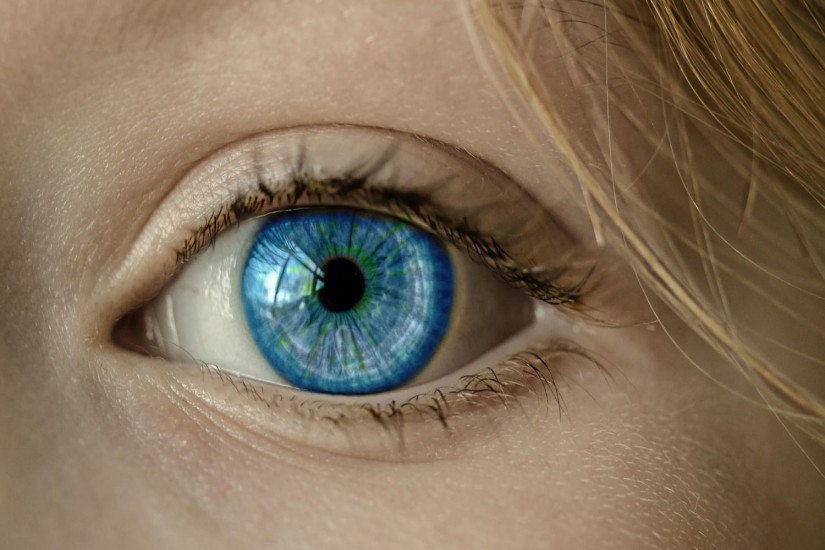Pulse Oximeter: Essential Things to Know
July 19,2021

In this digital world most diseases have found themselves a cure. Among the ones that didn’t one of the most strangest ones were ‘Nystagmus’ or dancing eyes. The disease is supposedly to affect only 1 in 1000 people. It is a condition where there is uncontrolled continuous to and fro movement of the eyes. The movements are not periodic by any means and effects vision to a great extent. There are no active cures until a study led by the members in the Oxford University and University College London has successfully implemented the cure with the use of magnetic implants to control the motion of eyes. The patient in this case had developed nystagmus in his late 40’s and has successfully undergone prosthesis and had substantial improvements in his vision and no negative impact so far in the movement of the eye.The procedure was led by DrMr David and Professor Geoff Rose in two separate sessions. “Fortunately the force used for voluntary eye movements is greater than the force causing the flickering eye movements, so we only needed quite small magnets, minimising the risk of immobilising the eye" said Professor Quentin Pankhurst, of UCL, who led the design of the prosthesis. The principle of magnetic implants could also help in the motion of other body parts.